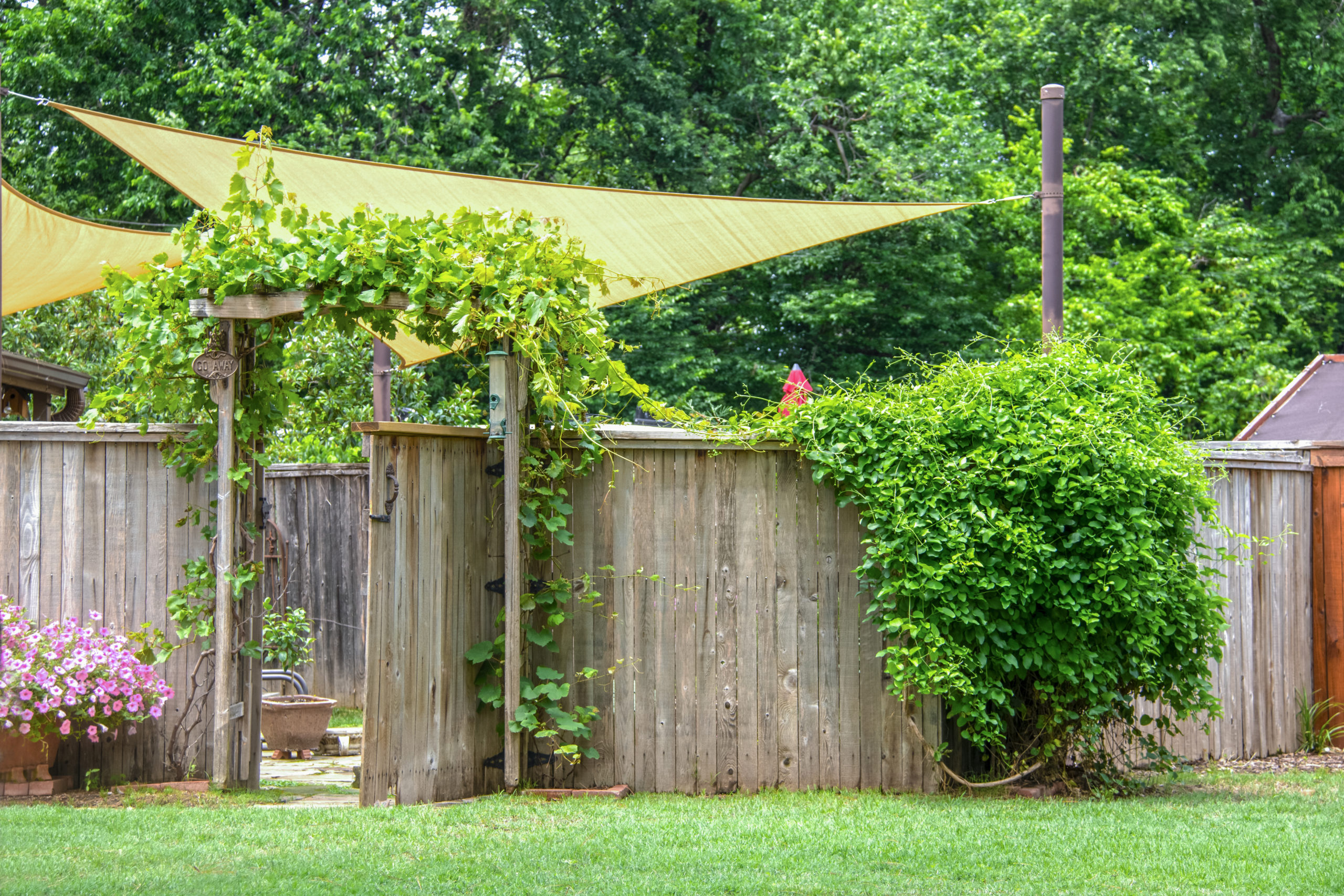
Your fence serves as a silent sentinel, guarding your property and enhancing its aesthetic appeal. However, fences, like all outdoor structures, require regular maintenance to withstand the test of time and the elements. In this blog, we’ll explore how to maintain different types of fences, including wood, vinyl, painted metal, and cable rail style, and provide insights on when it’s time to remove and replace them.
Wooden Fences: Beauty in Nature
Wooden fences lend a rustic charm to your property, but they are susceptible to weathering and pests. Here’s how to maintain them:
Cleaning: Regularly clean your wooden fence with a mild detergent and water to remove dirt and mildew. Use a power washer for stubborn stains, but be cautious not to damage the wood.
Sealing and Staining: Apply a wood sealer or stain every 2-3 years to protect against moisture and UV rays. Sand any rough spots before sealing.
Repairs: Promptly fix loose boards, nails, or screws to prevent further damage.
Vinyl Fences: Low Maintenance Elegance
Vinyl fences are low-maintenance but still require some care:
Cleaning: Wash with soapy water and a soft brush to remove dirt and mildew. Avoid abrasive cleaners that may scratch the surface.
Repairs: Address any cracks or damage promptly to prevent further deterioration.
Painted Metal Fences: Durability Meets Style
Metal fences, when painted, offer durability and style. Maintenance includes:
Repainting: Over time, the paint may chip or fade. Repaint as needed to maintain the finish.
Rust Prevention: Inspect for rust spots, especially in coastal areas. Remove rust with a wire brush and apply a rust-resistant primer and paint.
Cable Rail Style Fences: Modern Aesthetics
Cable rail style fences are sleek and modern, but they require a different kind of care:
Cleaning: Regularly wipe down cables and posts to remove dirt and grime. A mild detergent solution can be used for stubborn spots.
Tension Inspection: Check cable tension periodically, ensuring they remain secure and properly tensioned.
When to Remove and Replace
Despite your best efforts, there may come a time when fence maintenance is no longer viable, and replacement is the only option. Signs it’s time to remove and replace your fence include:
Extensive Damage: If your fence has sustained significant structural damage, it may be beyond repair. This includes severe rot, warping, or corrosion.
Safety Concerns: If the fence poses a safety hazard, especially if it’s leaning or unstable, it’s time to replace it.
Excessive Maintenance Costs: If the cost of repairs and maintenance becomes prohibitive, investing in a new fence may be more economical in the long run.
Aesthetic Considerations: If you want to update your property’s look or the fence style no longer complements your home, replacing it with a more suitable option is a wise choice.
Maintaining your fence is essential to prolong its lifespan and preserve its functionality and beauty. Different fence materials require specific care, from cleaning to sealing, repainting to cable tension checks. Regular inspections and prompt repairs are key to fence longevity.
However, when extensive damage, safety concerns, high maintenance costs, or changing aesthetics come into play, it’s time to consider the removal and replacement of your fence to ensure your property remains secure, attractive, and well-maintained. Call us if you believe it’s time for a replacement or upgrade, and we will discuss your options in greater detail.
